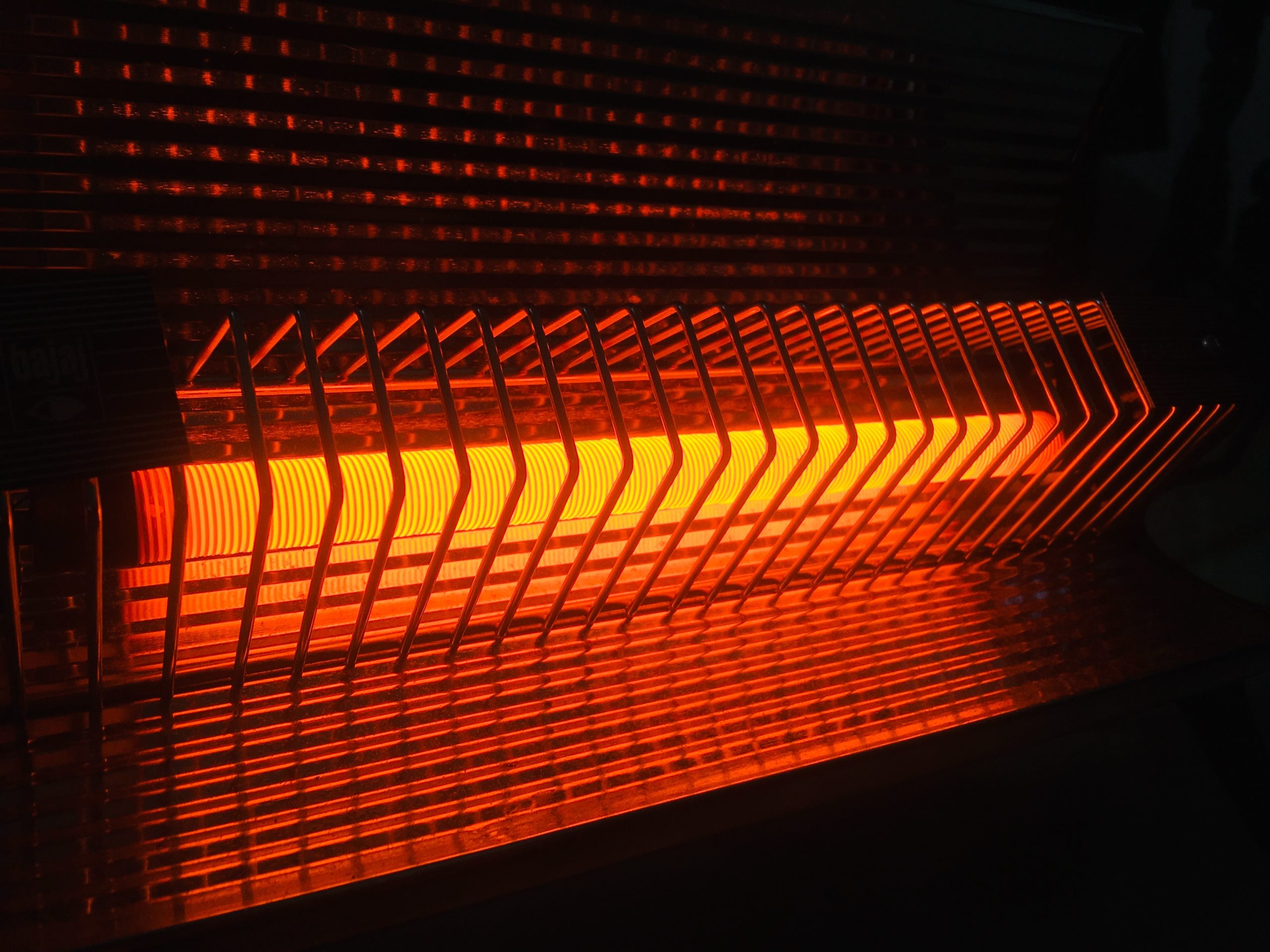Infrared heat vs ceramic? If you’re looking for a way to extend your outdoor living space during cooler weather, you may be considering outdoor space heaters. With so many options available, it can be difficult to decide which type of heater is best for your needs. Here’s a quick breakdown of two popular types of outdoor heaters—ceramic and infrared—to help you make an informed decision. Let’s get started!
Ceramic Heaters

Ceramic heaters are an efficient and cost-effective way to warm up your outdoor space. These heaters heat up a ceramic plate, which then radiates warmth into the surrounding area. This type of heater is ideal if you want to increase the temperature in a designated area quickly. Ceramic heaters are also portable, allowing you to take them with you wherever you go.
How Does a Ceramic Heater Work?
Ceramic heaters work by heating up metal coils inside the unit, which then emit heat into the surrounding area. They are generally very energy efficient and typically take 10-15 minutes to reach their full temperature output. Ceramic heaters are available in both wall-mounted and free-standing models, making them a great choice if you’re looking for a low-profile heater that can be easily installed or moved around as needed. However, they tend to be less powerful than infrared heaters, so they may not provide enough warmth for large areas such as patios or decks.
Ceramic heaters use electricity converted into heat energy by a coil made up of thin wires of metal (usually nichrome). These coils are heated up by electric current and then wrapped in ceramic plates. The heated ceramic plates radiate the heat energy into the surrounding area. This type of heater is an efficient, cost-effective way to warm up your outdoor space.
Benefits of Ceramic Heaters
Ceramic heaters offer some distinct advantages over infrared models. They are generally more affordable, have no warm-up time, and don’t require any kind of fuel source – just plug them in and enjoy the warmth! They also have adjustable thermostats so you can set it to whatever temperature is comfortable for you. And because they heat up quickly and evenly, they are ideal for larger spaces like patios, decks, or garages that need to be heated on demand.
Infrared Heaters

Infrared heaters work similarly to ceramic ones, but instead of using a ceramic plate, they use infrared light waves to generate heat in the surrounding area. This type of heater is more efficient than ceramic ones because it heats objects directly rather than just the air around them. They also have longer lifespans and require less energy than ceramic heaters, making them more cost effective in the long run. However, they tend to be more expensive upfront than ceramic models.
How Does an Infrared Heater Work?
Infrared space heaters work by using invisible infrared light waves that directly transfer their energy into objects within their vicinity – including people! Unlike ceramic models that rely on air circulation to spread the warmth throughout the room, infrared models create a direct heating effect that warms people in its path immediately upon turning it on. This makes them an excellent choice for small outdoor spaces where there isn’t much air movement like balconies or porches.
Infrared heaters work by emitting infrared rays that directly warm objects in their path, such as people and furniture. They are typically more powerful than ceramic heaters and are capable of heating larger spaces more quickly and effectively. Infrared heaters also have the added benefit of being more efficient with energy usage than traditional electric systems, since they don’t waste energy trying to heat up air before it reaches its target source. On the downside, infrared heaters need a few minutes after being turned on before they reach full output levels and can be somewhat bulky in comparison to ceramic models.
Benefits of Infrared Heaters
Besides providing instant warmth without any wait time, infrared space heaters also have some other benefits over their ceramic counterparts. They don’t use as much electricity as ceramic models so they can save money in the long run, plus they produce zero emissions making them eco-friendly. And since they don’t rely on air circulation to spread the warmth around the room like ceramic models do, they are much better suited to smaller spaces with limited ventilation..
Infrared Heat vs Ceramic: Conclusion
Homeowners searching for an efficient way to extend their outdoor living spaces should consider either ceramic or infrared space heaters as viable options. Depending on what kind of look and feel you’re going for, either one could be a great choice! Ceramic heaters are generally cheaper upfront but require more energy and don’t last as long as infrared models do; while infrared models are slightly more expensive upfront but are very energy-efficient and have longer lifespans than their counterparts. Both types will do the job though; it all comes down to personal preference!
When it comes time to choose between ceramic or infrared outdoor space heaters, there is no clear winner since each type has its own pros and cons. Consider how much space needs to be heated, how quickly it needs to be heated up, and how much energy efficiency matters when making your decision—this will help you decide which type of heater is right for you! Whatever type of heater you select; however, know that adding one is sure to make your outdoor space cozier while also helping keep everyone warm during those chilly winter months!

